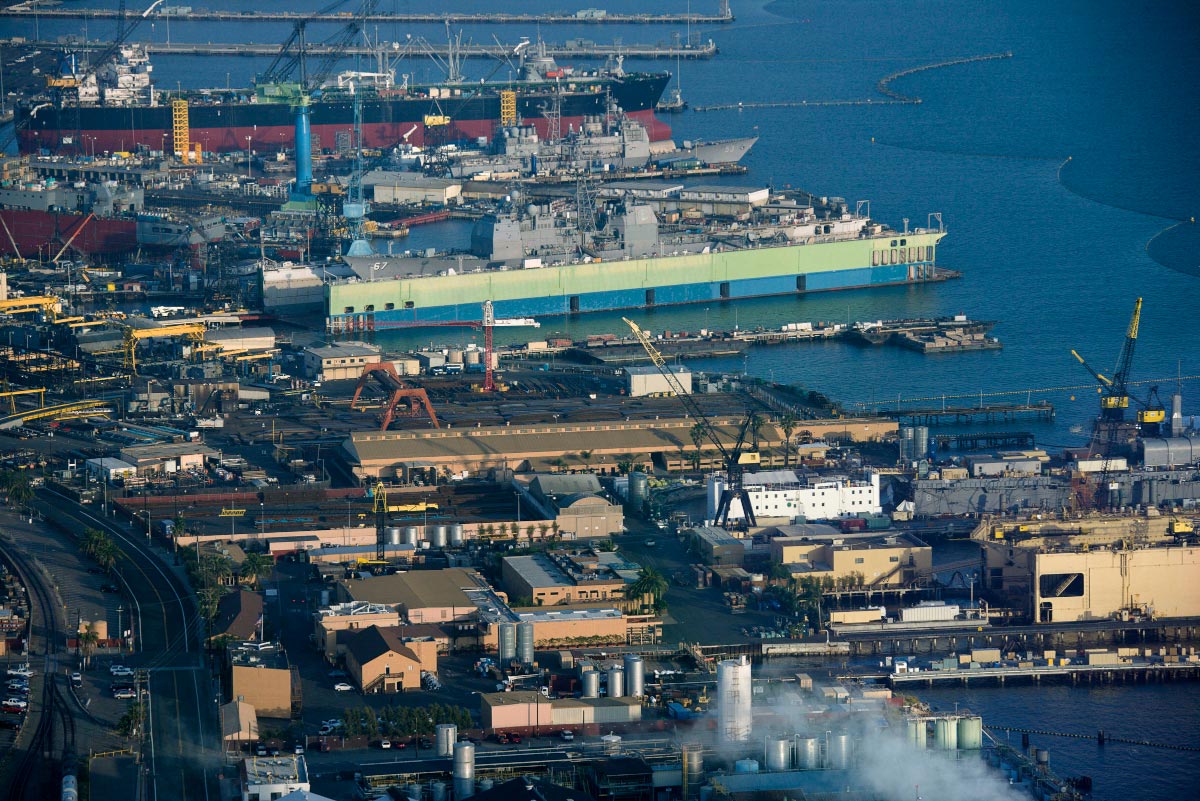
Gene Seroka, executive director of the Port of Los Angeles (POLA), warned that the country's supply chain could be at risk if rail service does not improve. He issued his warning amid POLA reporting record figures for June 2022.
"All eyes are focused on improving the rail product, full stop. The bottom line is that we must take action on this issue immediately to avoid a nationwide logjam," said Seroka. The POLA head noted that the shortfall of rail service to handle import cargo is causing more containers to pile up at terminals for longer.
According to Nasdaq, rail service disruptions slow down domestic cargo flows and threaten to undo workers' efforts to clear the docks. Earlier, POLA workers cleared out pandemic-fueled imports that inundated the property and left more than 100 ships waiting offshore.
As of writing, more than 29,000 rail containers are sitting on the port docks. This should not be more than 9,000 as per Seroka.
POLA handled around 876,611 twenty-foot equivalent units (TEU) of total throughput for June 2022, making it the highest-performing June in the port's history. However, imports dipped by 11 percent – 55,280 TEUs – compared to May 2022.
According to Seroka, the decline in June was affected by both rail issues and the port's ability to unload ships faster. He added that if both do not move in sync, POLA has to handle containers more than once.
"That takes time and money, and it takes efficiencies out of the system. So, if we have these 20,000 aging rail containers [stuck nine days or more] on the ground, sure, it causes problems."
In line with this, Seroka called on importers to expedite container pickups. He also urged rail companies to send crews, locomotives and rail cars so the port can be decongested at the soonest. Union Pacific Railroad Company and BNSF Railway serve POLA, but were forced to cut jobs and stash equipment amid the pandemic.
Current conditions nowhere near pandemic highs
Seroka nevertheless pointed out that the current conditions are "nowhere near" the inundation of containers of the terminals in the fourth quarter of 2021. "I don't see us in the dire straits I witnessed last year, ahead of the holiday season," he said.
The POLA executive director also emphasized that there were 71,013 import containers at the port as of July 13, down 25 percent from peak levels in late October. Port statistics showed that there have not been this many import containers in Los Angeles since Nov. 10. 2021. (Related: Global supply chain crisis expected to last another TWO YEARS.)
Seroka stressed that long-dwelling containers are now bound for rail transport, which was not the case in the last quarter of 2021. Rail cargo sitting nine days or longer now makes up 75 percent of aging cargo – which, he says, rail companies need to address in order to solve the problem.
Cargo owners, Seroka added, must pick up their boxes at inland rail terminals faster than they are currently doing. This is because railroads need to get crews, engine power and rail cars back to the West Coast faster. Marine terminals, shipping lines and ports also need to provide key data to help prioritize the evacuation of the cargo.
Seroka expressed confidence about peak season import volumes despite macroeconomic headwinds from inflation and inventories. Even though some retailers have high inventories and may look to discount goods, he believed imports will remain strong, albeit more tapered version compared to last year. (Related: Small businesses suffering due to supply chain crisis.)
Seroka also commented that cargo set to arrive coming in during the next couple of months will look different – with back-to-school items, fall fashion, Halloween and other year-end holiday goods expected to come in from across the Pacific.
"During the pandemic, we saw many Americans buying goods they don’t normally buy: A new couch, a new refrigerator," he explained. "In my case, I picked up golf again and bought new clubs. We were spending on goods we don’t necessarily repeat buying. So, you’ll start to see those levels off, but other [buying] will continue."
Visit SupplyChainWarning.com for more updates about the cause of shipment delays and transportation problems.
Watch the video below for more updates about inflation and the supply chain crisis.
This video is from the LPatriot Nation Live channel on Brighteon.com.
More related stories:
Cargo ship backlogs in California hit record high as supply chain crisis worsens.
Shipping costs to the US surge as supply chain crisis continues to accelerate.
Supply chain crisis continues amidst COVID-19 pandemic, with no end in sight.
Sources include:
Please contact us for more information.














